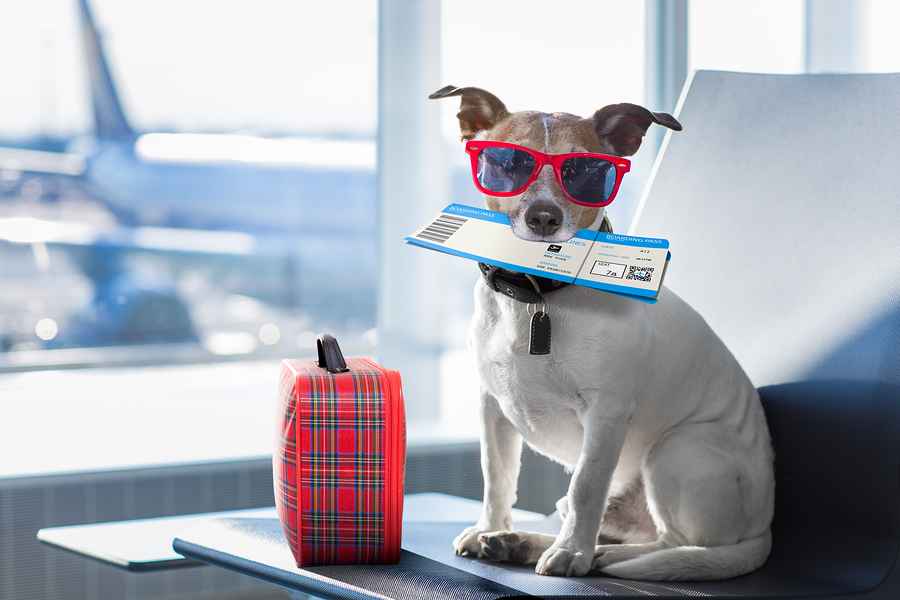Whether you are headed for a vacation in Philadelphia or relocating to a new place with your pet, you want the two of you to have a good experience. Flying can be stressful for pets, and flight-related sounds, smells, and movements can be anxiety-provoking. Luckily, the tried and tested tips below can make flying with your pet safe and seamless.
Table of Contents
1. Schedule A Check-Up With Your Vet
An appointment with your pet’s vet is fundamental to ensure it is healthy for the flight. It establishes whether your pet requires sedatives or anti-nausea meds before traveling. In addition, your vet identifies any travel risks for your pet and advises accordingly. For instance, puppies and senior dogs are vulnerable to communicable diseases and stress-related disorders. As you prepare your pet for air travel, do not forget to confirm your flight and book a spot in a robust offsite airport parking to avoid last-minute hassles.
2. Familiarize Yourself With Airline Pet Policies
Airlines have varying pet policies; most restrict pet carrier size, number of pets per flight, and pet storage. While some airlines let you travel with your pet in the cabin, others restrict pets to the cargo area. Some carriers have strict guidelines on the pet breeds and sizes allowed in the cabin. Most airlines require pet parents to buy USDA-approved shipping crates for optimal safety during flights. The crate should be roomy, comfortable, and secure.
3. Prepare Your Pet Crate
Cate preparation is among the essential tips for flying with a pet in Philadelphia. First, label the carrier with a ‘LIVE ANIMAL’ sticker and your name and contact information –telephone number, address, and final destination. Second, attach a current photo of your pet to the crate for identification. If your pet escapes from the carrier, the picture can be handy. Third, ensure your carrier is lockable for your pet’s security. However, lock your crate in a way that a flight attendant can easily open it in an emergency.
4. Carry A Pet Kit
A pet kit should include a vet-signed health certificate, food, water, waste bags, and any required medication. Consider freezing a tray of water and a small dish the night before air travel. This prevents spillage during loading and melts by the time your car gets thirsty or hungry. Put a favorite toy and blanket in the carrier to increase comfort and ease anxiety. Do not forget to fit your pet with a collar, preferably a GPS-tracking one.
5. Keep The Flight Crew Informed
When you board your flight, inform the flight attendant about your pet in the cargo hold. The attendant will liaise with the loading crew to ensure your pet gets on the flight and the cargo hold’s temperature is conducive. Telling flight crew about your pet prepares them for additional attention needed. Also, in case of delays, they can check on the pet occasionally.
Flying with your pet does not have to be hectic with adequate preparation. As a pet parent, you should take measures to ascertain if your pet has a safe and fantastic flying experience.



